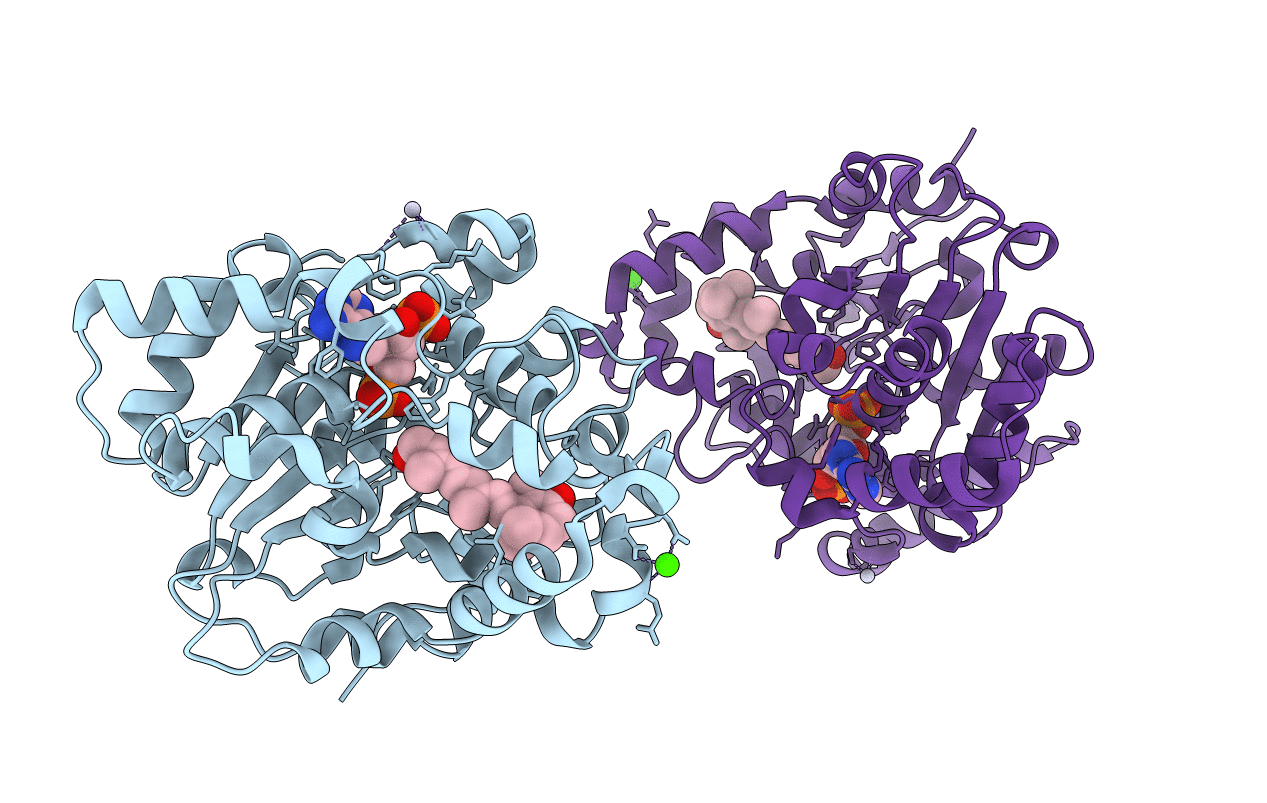
Deposition Date
2004-08-18
Release Date
2005-02-08
Last Version Date
2023-08-23
Entry Detail
PDB ID:
1X8L
Keywords:
Title:
Crystal structure of retinol dehydratase in complex with all-trans-4-oxoretinol and inactive cofactor PAP
Biological Source:
Source Organism:
Spodoptera frugiperda (Taxon ID: 7108)
Host Organism:
Method Details:
Experimental Method:
Resolution:
2.10 Å
R-Value Free:
0.23
R-Value Work:
0.19
R-Value Observed:
0.19
Space Group:
P 1 21 1


